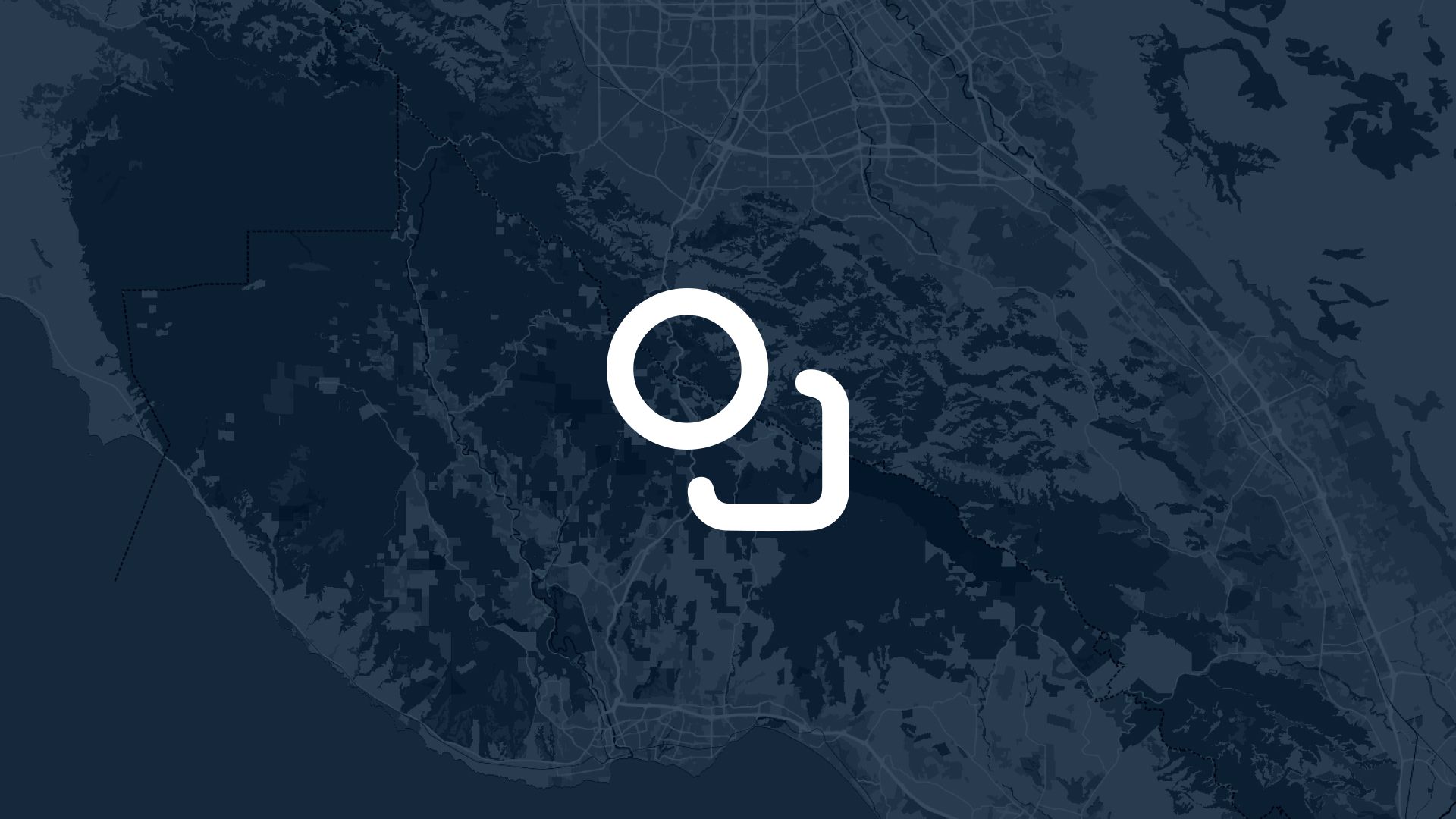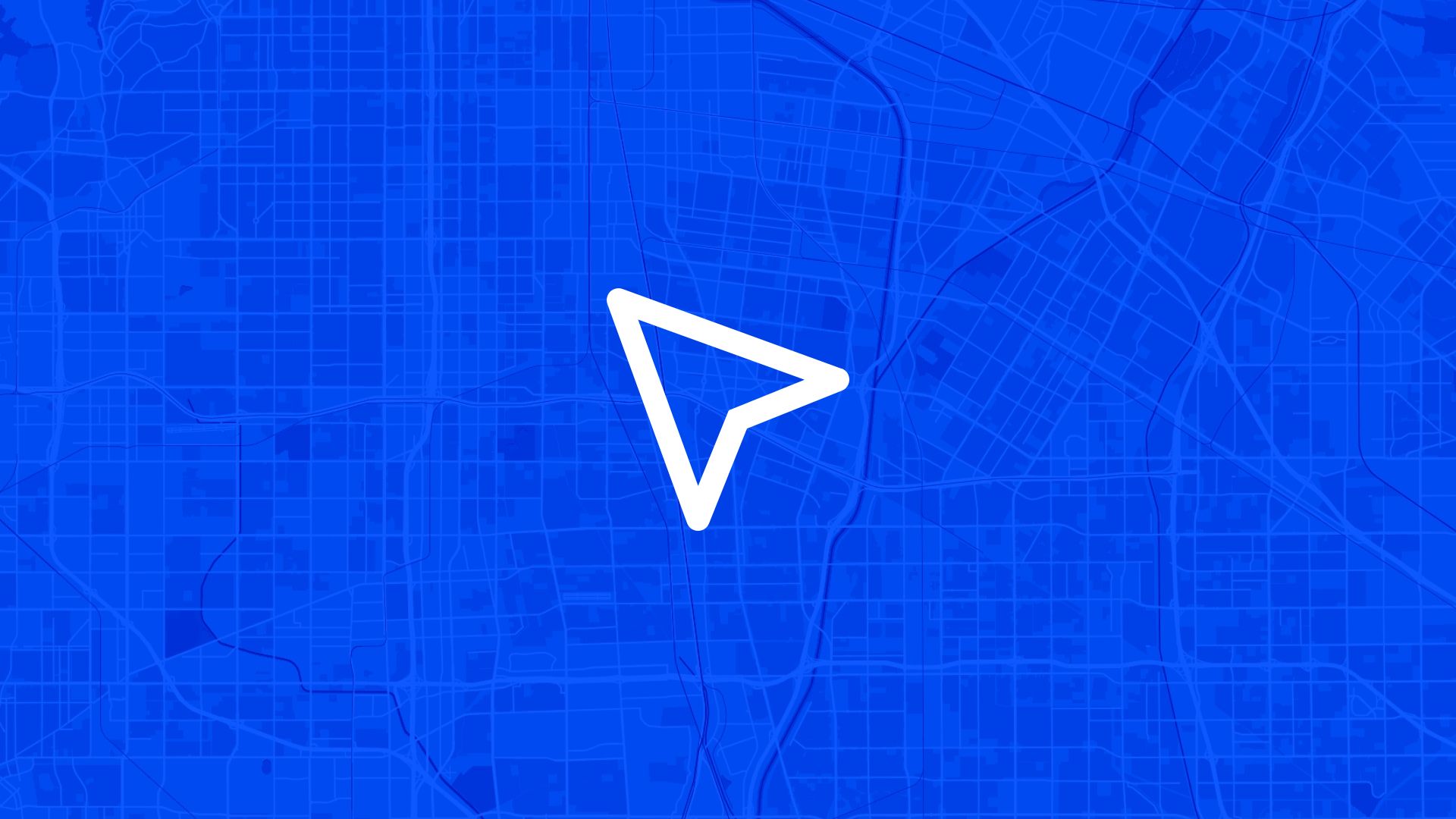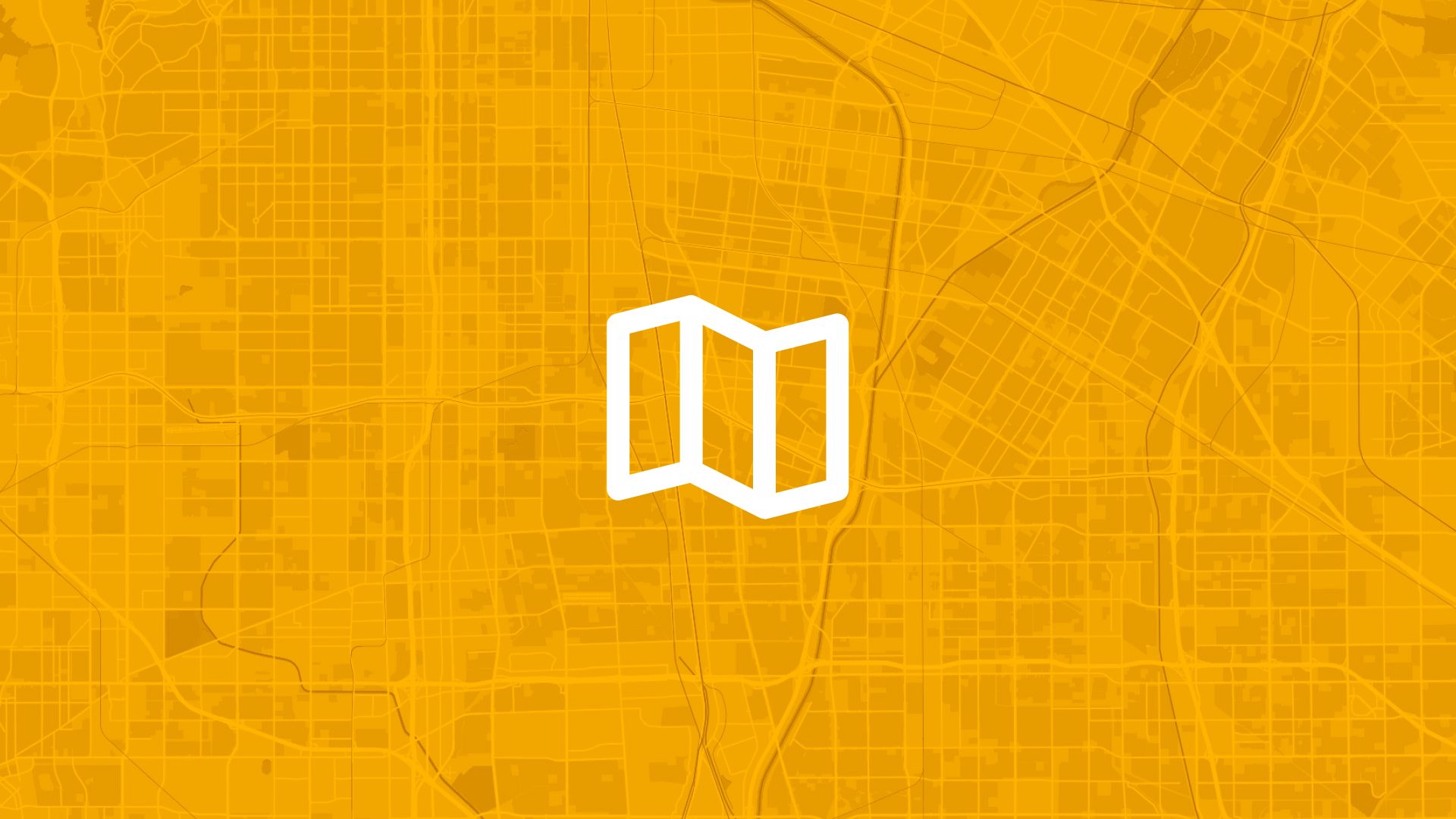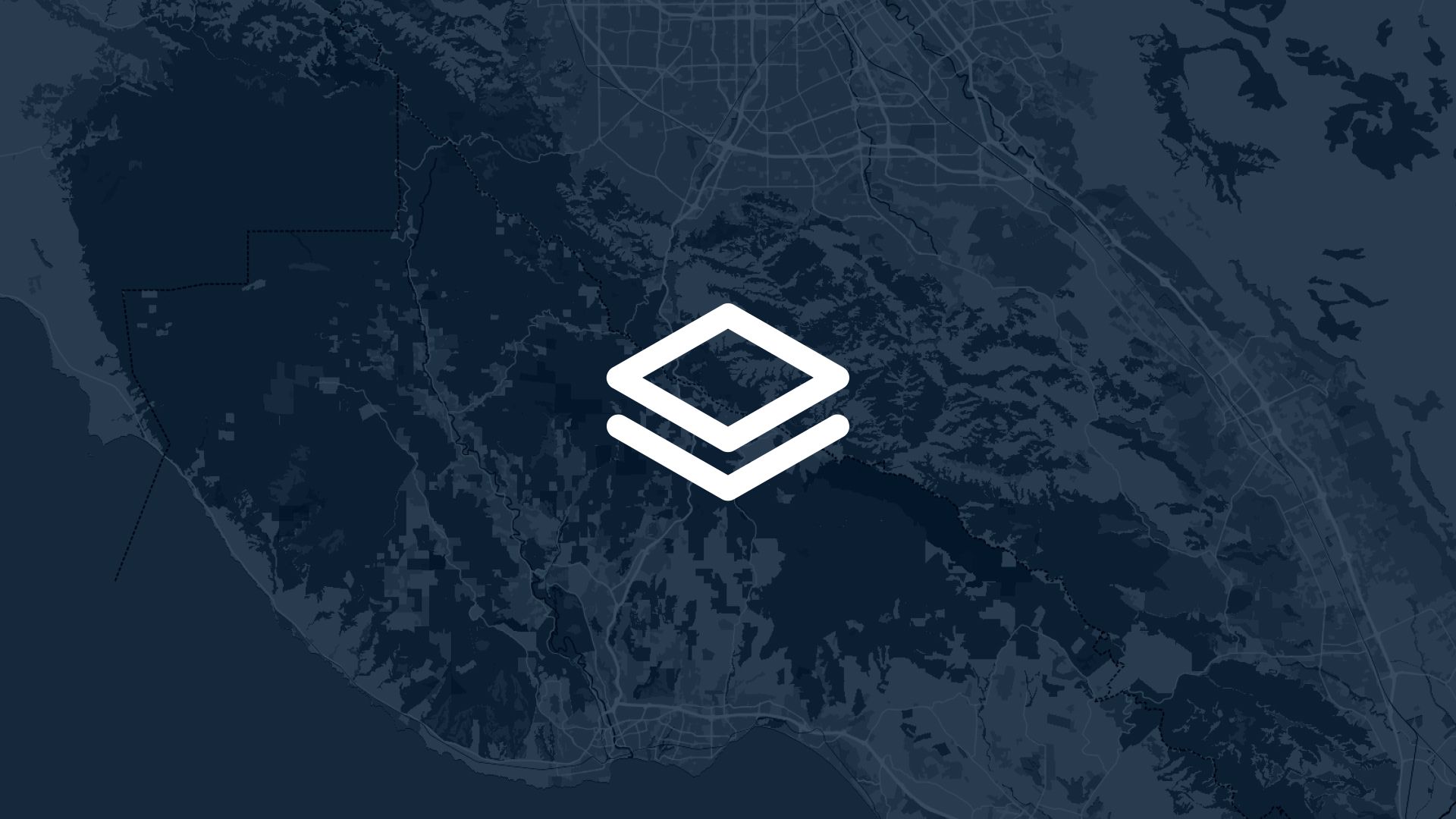One of the most critical aspects of industrial site management is organizing assets into logical operational zones.
If you're managing complex industrial facilities, coordinating maintenance across different areas, or ensuring regulatory compliance, scattered assets without clear zone organization lead to inefficient operations and safety risks. That's why smart facility managers start every site plan with one question: how should we organize our assets for maximum operational efficiency?
With Atlas, you can draw asset zones on industrial site maps in minutes. You don't need expensive facility management software or complex industrial planning tools. Everything happens visually, directly on your map.
Here's how to do it step by step.
Why Asset Zone Organization Matters
Logical asset zones enable efficient operations, maintenance planning, and regulatory compliance across complex industrial facilities.
So mapping this isn't just organization—it's operational excellence and risk management.
Step 1: Load Your Industrial Site Base Map
Atlas supports multiple ways to establish your industrial site foundation:
- Upload facility blueprints or CAD drawings as background reference layers
- Import aerial imagery showing current site conditions and infrastructure
- Add survey data with precise boundaries and elevation information
- Use satellite base maps to provide geographic context for your facility
Once loaded, you have the visual foundation needed to define logical asset zones across your industrial site.
Step 2: Identify Asset Locations and Types
Next, map your existing assets to understand current distribution patterns:
You can add:
- Production equipment locations with asset IDs and specifications
- Utility infrastructure including power, water, gas, and compressed air systems
- Storage assets like tanks, silos, and material handling equipment
- Safety equipment including fire suppression, emergency shutoffs, and monitoring systems
- Support facilities like maintenance shops, control rooms, and administrative areas
This gives you a complete picture of asset distribution before defining zones.
Step 3: Draw Operational Zone Boundaries
Now you're ready to create logical asset zones based on operational requirements:
- Use drawing tools to trace boundaries around related asset groups
- Create production zones organizing assets by manufacturing process or product line
- Define utility zones grouping infrastructure assets by system type
- Establish maintenance zones based on crew specialization and access requirements
- Draw safety zones around hazardous assets or high-risk operational areas
Each zone becomes a manageable unit for operations, maintenance, and safety planning.
Step 4: Style Zones by Function and Priority
To make your asset zones immediately recognizable:
- Click on each zone layer to open styling options
- Apply color coding by function (production = blue, utilities = green, safety = red)
- Use different transparency levels to show zone boundaries without obscuring assets
- Add zone labels with clear names and operational designations
- Include pattern fills or border styles to distinguish between zone types
Also read: Map Site Layout for Operations Teams
Step 5: Add Zone-Specific Information
To make your asset zones operationally useful, include relevant details:
- Click on any zone to open its information panel
- Add responsible team or department assignments for each zone
- Include operational parameters like production capacity or utility loads
- Document safety requirements and access restrictions for each area
- Track maintenance schedules and inspection frequencies by zone
This transforms simple boundaries into actionable operational units.
Step 6: Create Zone-Based Management Tools
Now that your asset zones are defined:
- Generate work orders organized by zone for efficient crew deployment
- Create maintenance routes that optimize travel between assets within zones
- Export zone maps for regulatory documentation and compliance reporting
- Set up monitoring dashboards showing operational status by zone
- Establish emergency procedures with zone-specific response protocols
Share zone-organized asset information with operations teams, maintenance crews, and management.
Use Cases
Drawing asset zones on industrial site maps is useful for:
- Manufacturing plants organizing production assets by process line or department
- Chemical facilities creating safety zones around hazardous equipment and processes
- Power plants organizing generation, transmission, and support assets
- Oil and gas facilities managing upstream, midstream, and downstream asset zones
- Mining operations organizing extraction, processing, and support equipment areas
It's one of the first steps in systematic industrial asset management.
Tips
- Align zone boundaries with existing organizational structure and team responsibilities
- Create buffer zones between incompatible operations or safety-sensitive areas
- Include expansion areas in zone planning for future asset additions
- Use consistent naming conventions across all zones for easy identification
- Export zone-specific asset lists for maintenance planning and inventory management
Drawing asset zones on industrial site maps in Atlas is strategic and practical.
No complex industrial software needed. Just organize your assets into logical zones, define operational boundaries, and manage your industrial facility with clear zone-based organization.
Asset and Site Management with Atlas
When you manage a portfolio of sites, the challenge isn't just knowing where things are—it's keeping everything up to date, shared, and clear.
Atlas gives you a spatial layer for asset intelligence: one map for locations, inspections, boundaries, and notes.
Upload, Tag, and Visualize Sites
You can:
- Import parcels, points, or lines from your internal datasets
- Label assets by status, type, owner, or any field you choose
- Color or filter by attribute to highlight what needs attention
Also read: Draw and Label Sites for Ongoing Monitoring
Enable Field-to-Office Collaboration
Atlas lets remote teams:
- Add notes or comments on the map
- Drop points for recent site visits or findings
- Share annotated views without screenshots
That means no more spreadsheets for site status, and no more confusion over which map is current.
Manage Smarter, Not Slower
Whether you're tracking new installations, checking compliance, or prepping for reporting, Atlas keeps everything visible and centralized.
It's spatial asset management—minus the learning curve.
Boost Your Industrial Asset Management with the Right Tools
Industrial asset management moves fast. Whether you're organizing operations, planning maintenance, ensuring safety, or managing compliance—structure and clarity matter.
Atlas gives you both.
In this article, we covered how to draw asset zones on industrial site maps, but that's just one of many things you can do with Atlas.
From facility organization to maintenance planning, safety management, and regulatory compliance, Atlas makes complex industrial operations simple and visual. All from your browser. No industrial software expertise needed.
So whether you're managing manufacturing plants, chemical facilities, or power generation sites, Atlas helps you move from "managing chaos" to "organized operations" faster.
Sign up for free or book a walkthrough today.





